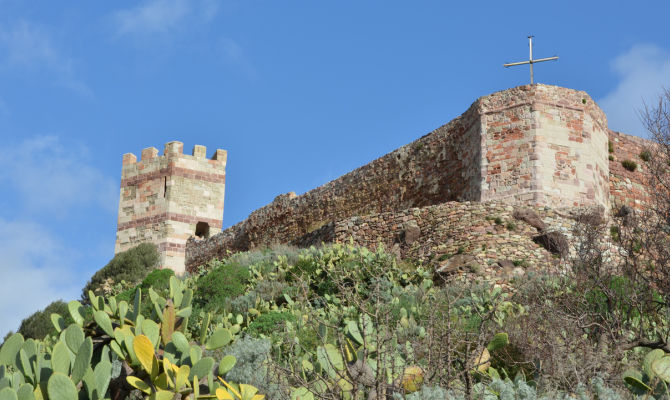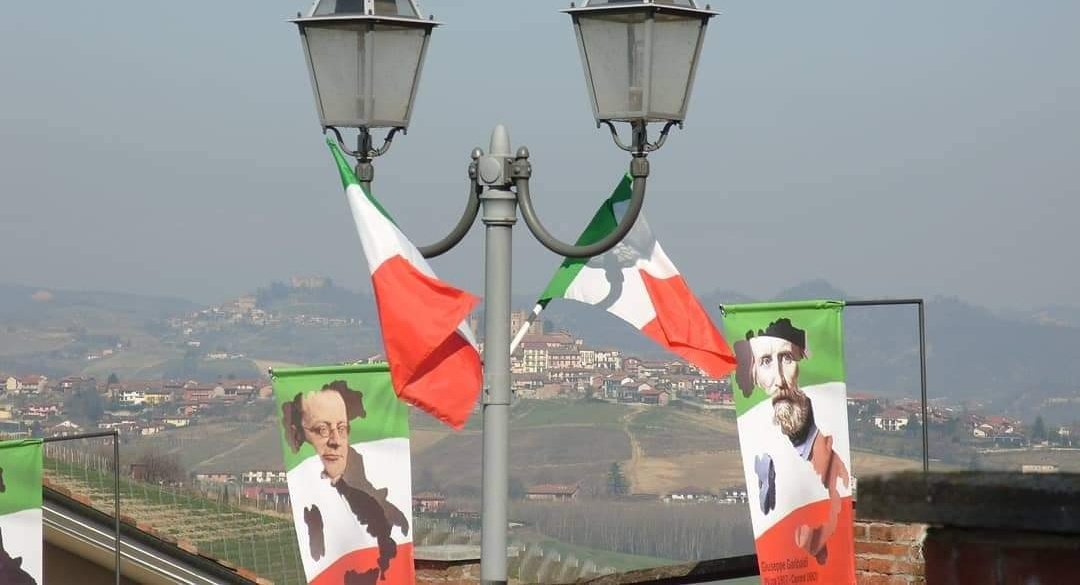
**SU NENNERI**
An ancient ritual linked to Adonis (?), Easter, death and rebirth 🌿 #FolkloreThursday
An ancient ritual linked to Adonis (?), Easter, death and rebirth 🌿 #FolkloreThursday

Su nenneri (or nenniri in Campidanese) is a little vase where barley or wheat seeds are sowed during the winter, some time before important events like Easter but also Santu Juanne (24th of June). The vase is kept in the darkness during the growth, so that the leaves take a-
-very light colour, almost yellow. On the day of the festivity, the leaves are cut and gathered, brought to church as an adornment.
The meaning, though old, is clear: it's a representation of life that starts again in Spring and goes to its death, life that wins the darkness.
The meaning, though old, is clear: it's a representation of life that starts again in Spring and goes to its death, life that wins the darkness.

They are sometimes adorned with flowers too.
The origin is something more complicated. Similar traditions in eastern Europe led people to think of a link with Adonis' gardens, that have a similar form.
Adonis was a young Greek god who was loved by both Persephone and Aphrodites
The origin is something more complicated. Similar traditions in eastern Europe led people to think of a link with Adonis' gardens, that have a similar form.
Adonis was a young Greek god who was loved by both Persephone and Aphrodites

He was contended by the two and to avoid fights, it was decided that he spent half a year in Hell with Persephone (winter) and the rest with Aphrodites (summer). He was the god of death and rebirth of Nature, therefore celebrated at his rebirth in Spring and death at the-
-approaching summer.
The cult obviously takes different names in different places and there aren't clear references to "Adonis" in Sardinia, but the meaning is always the same, recalling also the Dionysiac cults and our own Maimone as the May celebration 🌿
The cult obviously takes different names in different places and there aren't clear references to "Adonis" in Sardinia, but the meaning is always the same, recalling also the Dionysiac cults and our own Maimone as the May celebration 🌿
I personally think its origin comes from the Phoenicians, which had contacts and friendly relationships with Sardinians around VII century BCE.
I'd be happy to know of similar rituals (maybe still held today) which could derive from the ancient Adonis.
I'd be happy to know of similar rituals (maybe still held today) which could derive from the ancient Adonis.
Meanwhile, here is the old thread about Maimoni: #FolkloreThursday
https://twitter.com/DrWatson_writer/status/1359530551351402506?s=19
• • •
Missing some Tweet in this thread? You can try to
force a refresh













